
On the best of days, New York is a dazzling array of spectacular buildings, boroughs, and history melded together, evoking the past and possibilities of the future. On the worst days, it’s a stupid grid that disintegrates into a labyrinthine of precariously stacked garbage piles, unknowable scents, and millions of people’s blood, sweat, and tears.
But I love it because nowhere else is here.
Centuries of change, both by people living here and the deliberate efforts of architects have shaped the city we know, love, and hate. However, not every plan for the city came to life. Had they, the landscape of NYC would be very different today.
I’m not just talking about a few different buildings here or there; I’m talking about conveyor belts, expressways, a skyscraper bridge, and pneumatic tubes- things that could arguably make my already pretty cool city even more cool.
A CONVEYOR BELT TO GRAND CENTRAL
You know when you get to the airport, and there are those moving, though mostly broken slow walkways in the middle? NYC could’ve had them. There was a proposal by the Goodyear Tire and Rubber Company in 1951 that would transport people in gondola cars on unused tracks between Grand Central Station and Times Square. It wasn’t a new idea. In 1871, Alfred Speer proposed a similar idea to fix the congestion, crowds, and smoke from elevated trains by installing elevated walkways.
Speer’s idea was that you got to ride in a slow-moving car above the city on a moving conveyor belt for a low price. The plan included smoking rooms and lounges spotted around the loop in case a passenger wanted to stop.
The plans never materialized. However, in 1951 Goodyear proposed their version to move people faster than the shuttle that currently ran between Times Square and Grand Central. The city was initially behind the idea and tested it extensively to ensure it would accommodate “women wearing high heels, shoppers with both arms loaded with bundles, and physically handicapped persons.”
The city even allocated the money but decided not to spend any money on transportation or hospitals. It warms my cold New York heart to see that city fund allotments haven’t changed
I think this plan should come back, and anyone who rides it should be issued a smoking jacket and glass of absinthe to sip on. Oh, also, no tourists are allowed. This ride would be an NYC only– must present a library card kind of experience.
PNEUMATIC TUBE TRANSPORT
There aren’t that many above-ground railways left in NYC. Mostly they populate Brooklyn and Queens. You can see reminders on the Highline in Chelsea, but gone are the days of above-ground travel in Manhattan. However, there was once a time when people considered building above-ground pneumatic tube travel. It wasn’t a new idea, and inventors and city planners had played around with many different designs and ideas.
Rufus Gilbert, a Union Civil War surgeon turned architect, patented an idea that ultimately never took off. His plan combined the underground air-powered pneumatic tube system the postal service was using and the cable-powered cars.
Basically, passengers would ride in a double row of elevated tubes that Gilbert called “atmospheric tubes” and be propelled through the city by air on a track 24 feet high. He patented the design, and in 1872 the state legislature sanctioned the plans. However, in 1873 Wall Street Collapsed in a panic, as they like to do, and his plan lost investors.
Gilbert didn’t give up, and a few years later, he was back with an above-ground train system, which he built by 1878. It was a success. People could now ride from Rector Street to Central Park thanks to Gilbert.
Maybe it was because he’d performed too many amputations during the Civil War on powerful people, or he just got on the wrong side of the mob because, sadly for Gilbert, he lost everything. His own company forced him out. His stocks were swindled from him and his name was erased from the company. He died a poor man, forgotten by history, and I am very upset about this because I want to ride in a suspended pneumatic tube.

RAYMOND HOOD’S SKYSCRAPER BRIDGE
Raymond Hood was, I think, the sexiest skyscraper architect from the turn of the 19th century. He was all about Neo-Gothic and Art Deco and had a bow tie to match. He is most famous for the Rockefeller Center, American Radiator Building, and the McGraw-Hill building or 330 West 42nd Street. Coincidentally, I worked out of 330 W. 42nd street on a movie. It’s a fantastic old building, but loading trucks from the 30th floor was a nightmare.

Regardless, it’s safe to say that Raymond was a legend full of unique ideas, including some that never came to life. The man wanted to build a skyscraper on a bridge– a skyscraper bridge! In a New York Times Article from 1925, he outlined a plan to include 50-story towers on either side of a bridge, with elevators to bring residents down to shops and the river. The idea was to help with the congestion of the city.
The skyscraper never came to be. I suspect Raymond would be disappointed that the city is just as congested as it was 100 years ago. However, Raymond wouldn’t even set foot in Manhattan with bow ties like his. He would be sipping kombucha bar in Bushwick.

WASHINGTON SQUARE PARK EXPRESSWAY
Another master builder that had an extraordinary influence on the landscape of New York was Robert Moses. (Moses, by the way, was not nearly as cool or good-looking as Raymond). Robert Moses was a parks commissioner who generated and promoted the creation of public infrastructure. In his time, he constructed parks, roadways, bridges, tunnels, beaches, zoos, and exhibition centers, among many others. The New York Preservation Project states that “When his tenure as chief of the state park system came to a close, New York had an unprecedented 2,567,256 acres of parkland. He built 658 playgrounds in New York City, 416 miles of parkways, and 13 bridges.” Needless to say, the man had a passion. But, not everyone liked it.

One of his proposals, which thankfully failed, was extending 5th Ave through Washington Square Park. First, in the 1940s, he wanted a double road alongside the park. The plan was shot down due to residents protesting. Then, in the early 1950s, Robert suggested another plan, proposing a highway that would bisect WSP, connecting 5th Ave to Broadway. The proposal, unsurprisingly, again upset the neighborhood residents. Even Eleanor Roosevelt protested the road. Moses backed down from the road, and the city eventually scrapped the plan, which is good because it included razing massive swatches of Greenwich village for apartment complexes.
There are hundreds of other plans that never made it past the drawing board, including a rooftop highway, a Manhattan airport, and filling in the East River. Those, however, are a story for another time. Until then, enjoy your walk through a highway-less Washington Square Park, and dream of being pelted through the city in stuffy tubes.
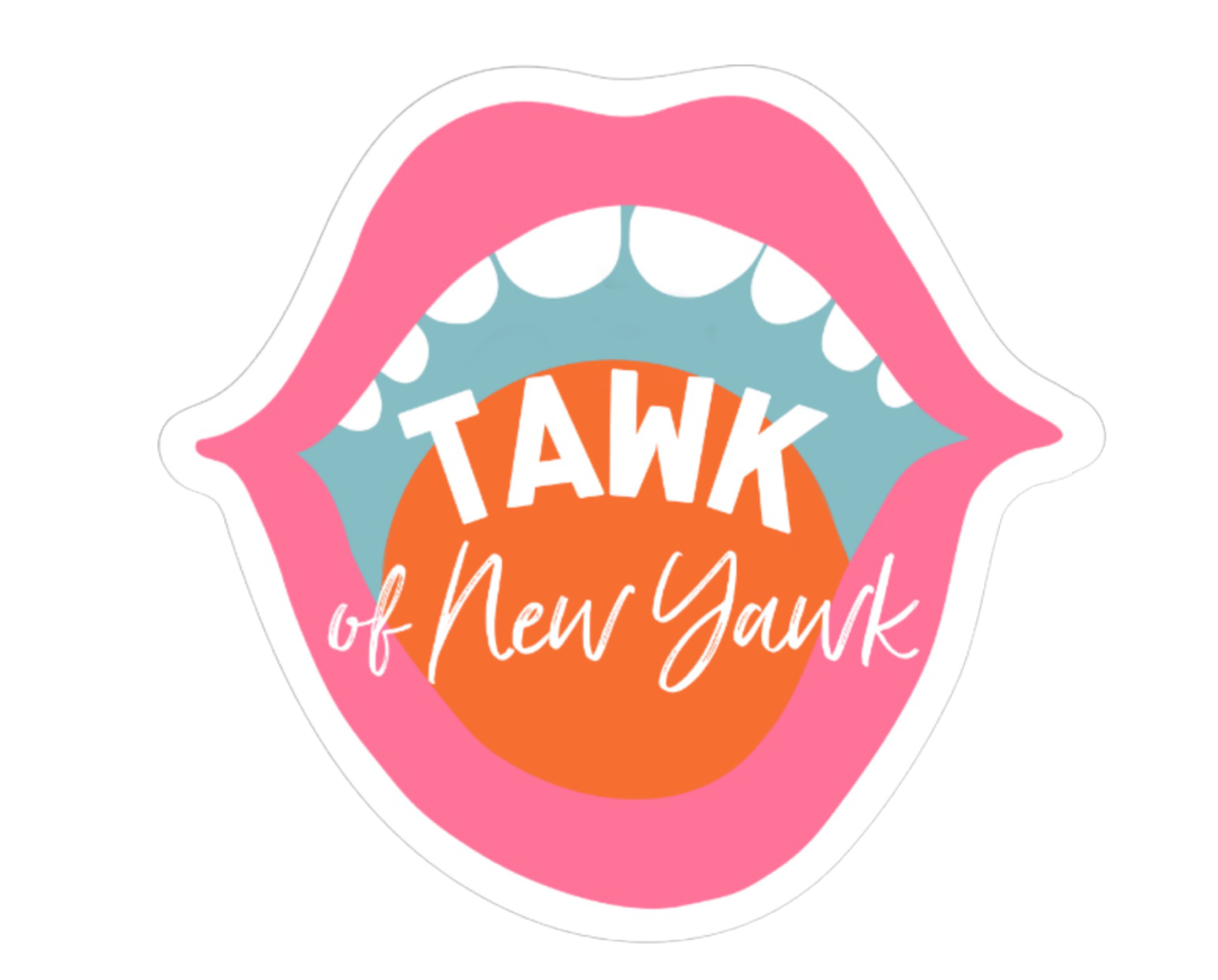
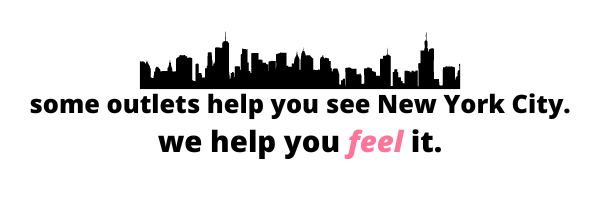
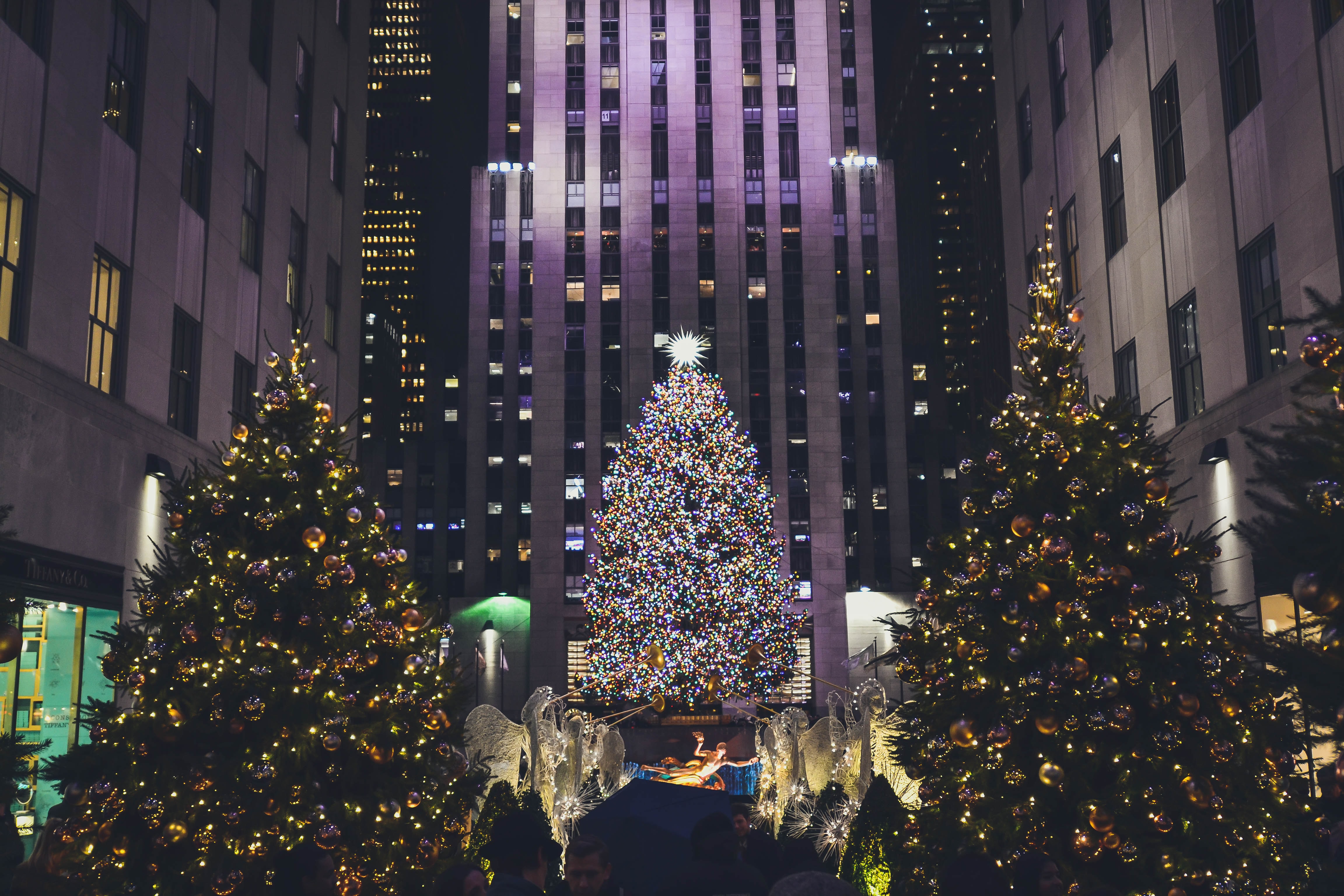
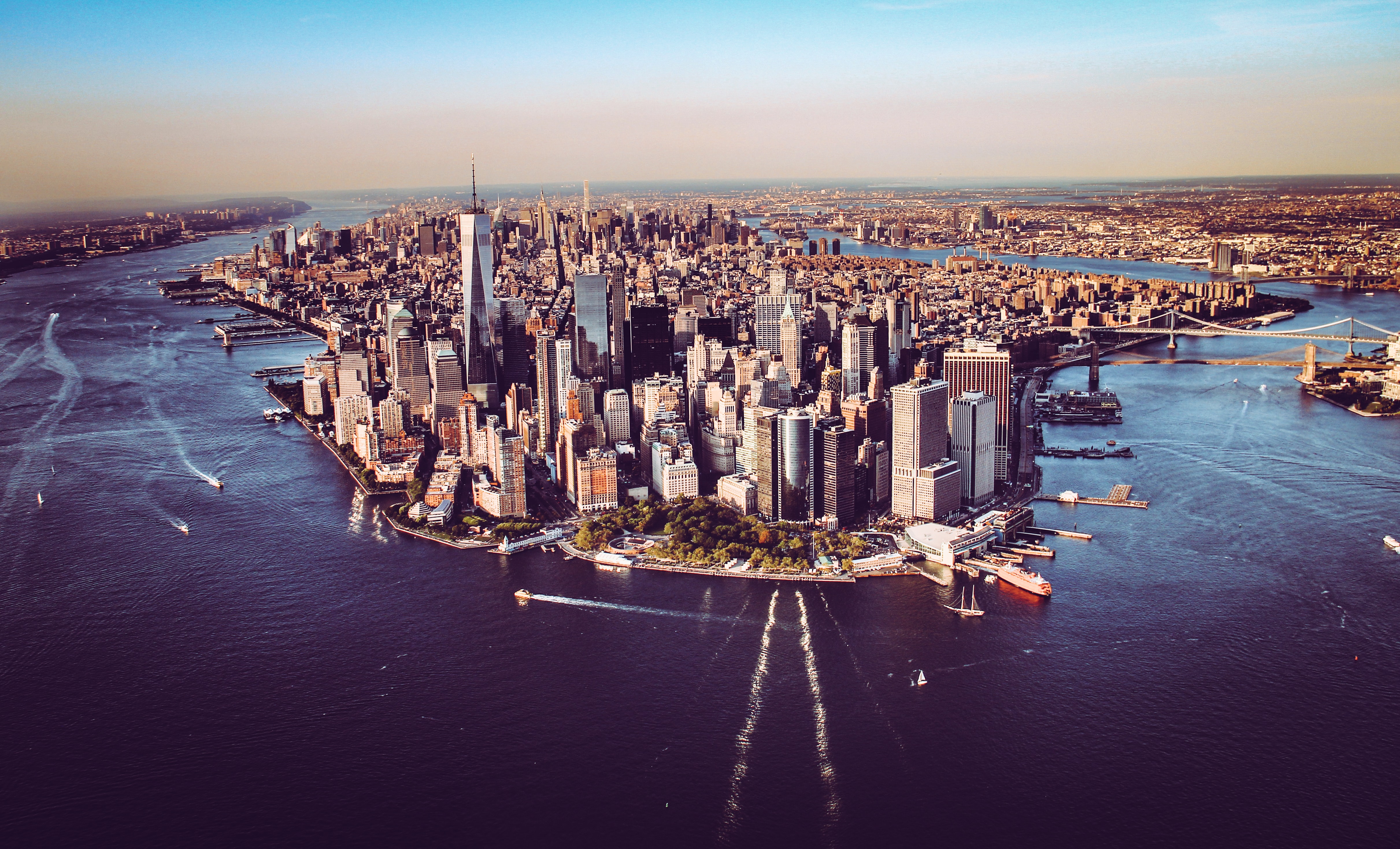
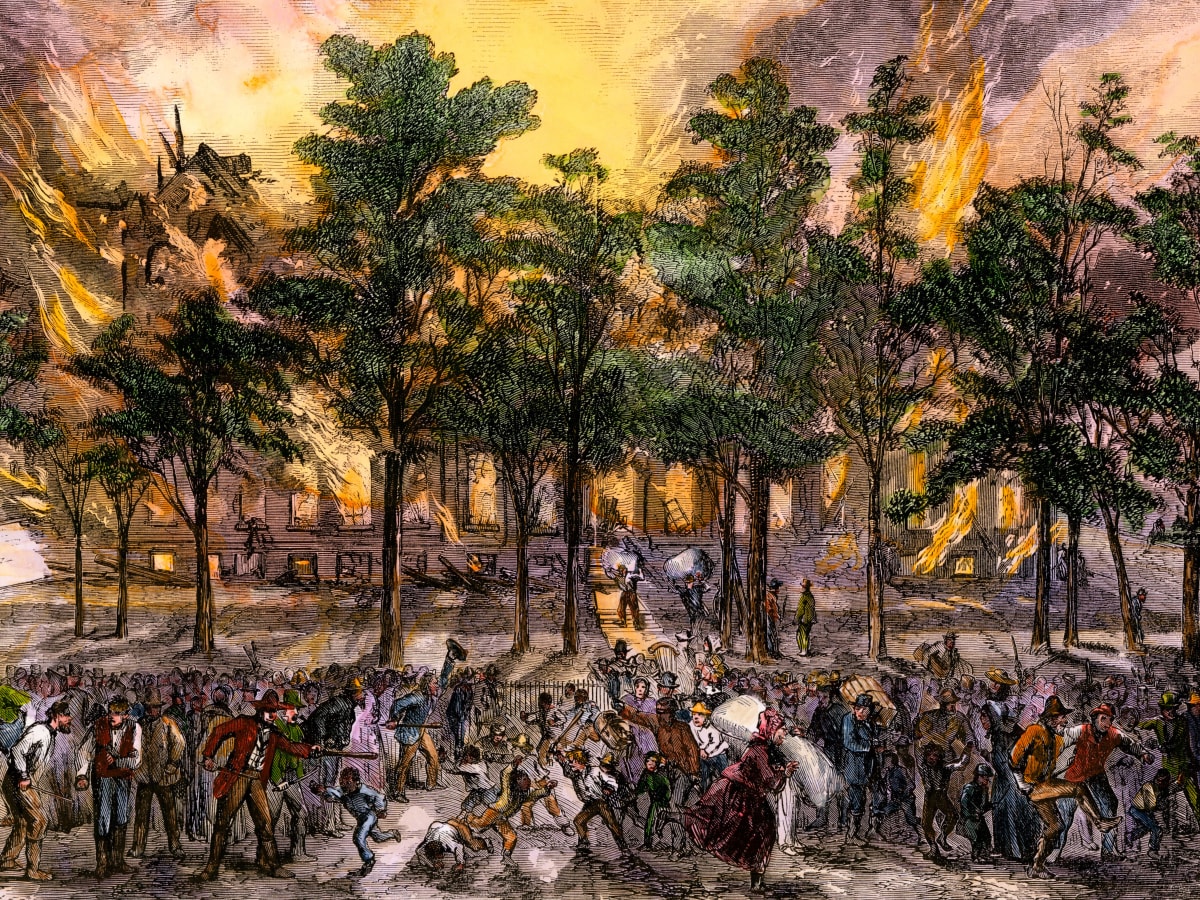
I enjoyed reading this article about the Rockefeller Christmas Tree by Lydia Griffiths. The history of this New York City Tradition was a fascinating piece, well written and filled with interesting information I never knew.
Thank You